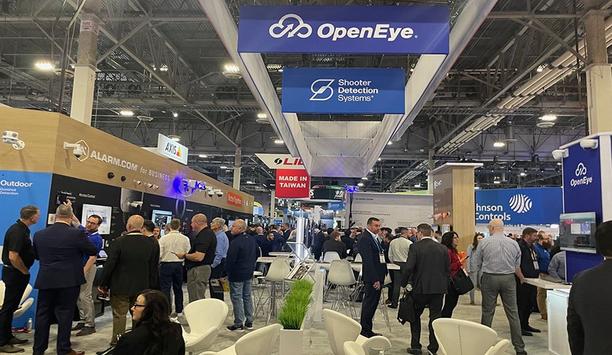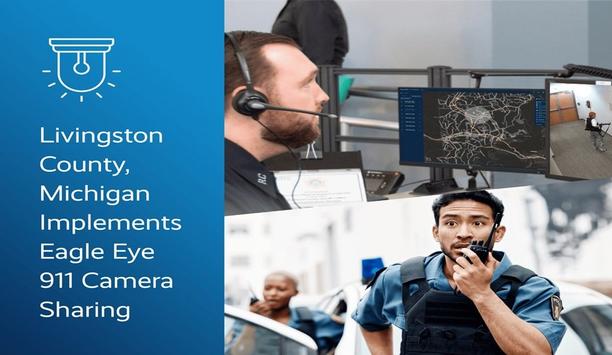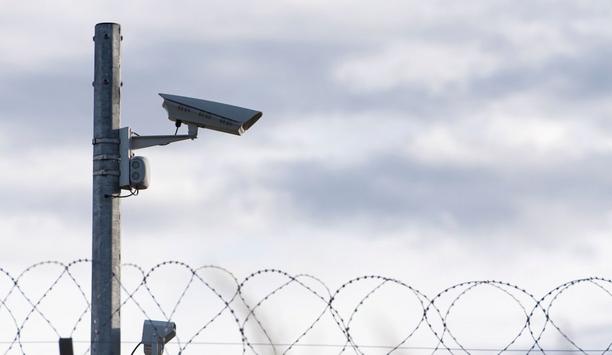If you had a super power, would you use it for good or evil? The question might typically be the subject of vigorous debate among third graders, but it’s also a question that comes up when you consider technology. Sometimes the benefits of technology are almost like super powers. As much as we seek to apply the powers of technology to security, there is also a criminal element that stands ready to use them with evil intent.
Such is the case with drones. We have previously mentioned the possibilities of using drones for security applications. Now comes news that the criminal element has already been applying the technology of unmanned aerial vehicles (UAVs) to smuggle contraband into prisons.
A drone crashed outside a prison in Bishopville, S.C. recently after failing to carry contraband over the 12-foot razor wire fence surrounding Lee Correctional Institution. The drone was being used to smuggle marijuana, tobacco and cell phones, all contraband inside the prison system. A cell phone sells for about $2,500 inside a prison, for example, and prison officials say cell phones are a security risk. Case in point: A cell phone was used to order a “hit” on a prison official in South Carolina in 2010. Capt. Robert Johnson, who was shot six times, survived the attack and has since retired.
Drones were used in a similar smuggling scheme at a state prison in Calhoun, Ga., in my home state. Four people were arrested and charged with using remote-control helicopters to carry contraband over prison walls.
As drones become more sophisticated, and if they were to become widely available as commercial products, such security risks would escalate, presenting new challenges of perimeter security at prisons. Such threats could also extend to other possible targets such as utility and chemical plants, critical infrastructure facilities, transportation hubs, etc. Historically, security devices and sensors for perimeter applications have tended to be ground-based and/or mounted on fences and walls. The need to protect the airspace around a prison or chemical plant is a fairly new consideration.
Systems to deal with such threats could include technologies like radar and thermal cameras. Addressing false alarms would also be a priority. Sensors would need to be tied to a dependable alarm system to alert overworked guards and/or security personnel only in the event of an actual threat.
Wonder what technologies could prevent an “air attack” by drones?










































